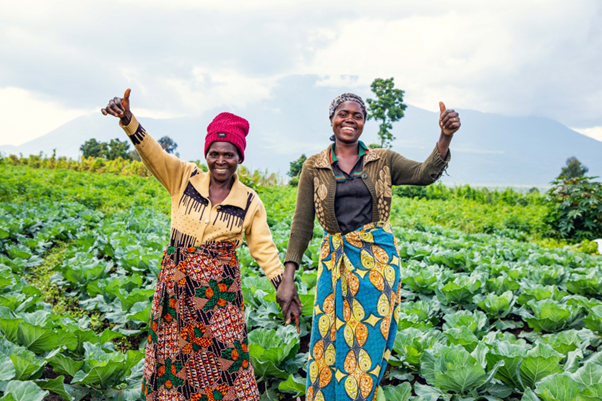Rwanda : a $170 million plan to achieve food self-sufficiency by 2029
Faced with global food price volatility and the impacts of climate change, Rwanda has launched an ambitious agricultural transformation program worth RWF 225 billion (around USD 170 million). The goal: achieve food self-sufficiency by 2029, reduce import dependency, and strengthen the resilience of rural communities.

Presented to Parliament by Prime Minister Justin Nsengiyumva, the plan marks a new phase in Rwanda’s agricultural development strategy. Agriculture currently accounts for about 25 % of GDP and provides the main source of income for 70 % of the population, according to the World Bank. This gives the sector a strategic role within Vision 2050 and the Second National Strategy for Transformation (NST2), both of which place food security at the center of sustainable development.
Modernizing agriculture to secure national food supply
The government plans to invest heavily in rural infrastructure, mechanization, agricultural research, and irrigation systems. In a country with highly variable rainfall, the Ministry of Agriculture (MINAGRI) aims to expand irrigated land from 74,000 to 132,000 hectares by 2029, thereby ensuring stable production throughout the year. Small-scale farmers will also benefit from 50 % subsidies on irrigation equipment, improving access to technology and boosting yields.

Boosting local production and reducing import reliance
The strategy focuses on local seed production and soil fertility improvement. Rwanda plans to raise fertilizer use from 73 kg to 95 kg per hectare by 2029, while promoting the production of certified seeds adapted to local conditions. Currently dependent on imports for staples such as maize, rice, and wheat, the government aims to strengthen domestic supply chains through partnerships between public institutions, research centers, and private investors.
In his remarks to Parliament, Prime Minister Nsengiyumva stressed that “food security remains a key pillar of Rwanda’s national sovereignty,” emphasizing the importance of accelerating agricultural modernization to “guarantee the stability of households and the independence of the national economy.”
Diversifying production to support nutrition and incomes
Beyond crop production, the plan targets livestock and fisheries development, aiming for 1.3 billion liters of milk, 77,000 tons of fish, and 21,000 tons of eggs annually by 2029. Rwanda also intends to increase its grain storage capacity to 420,000 tons, a critical measure to curb post-harvest losses currently estimated at 15–20 %.
This agricultural strategy aligns with Vision 2050, which seeks to turn Rwanda into an upper-middle-income economy by mid-century. Agriculture is recognized as a driver of inclusive growth and job creation, especially for women and youth.
According to the World Bank’s 2024 report, Rwanda’s agricultural sector has maintained a 5 % average annual growth rate over the past decade. Yet, challenges such as land fragmentation, high input costs, and climate vulnerability persist. By implementing this USD 170 million plan, Kigali aims to strengthen food sovereignty, create rural jobs, and position itself as a continental model in climate-resilient agriculture.







